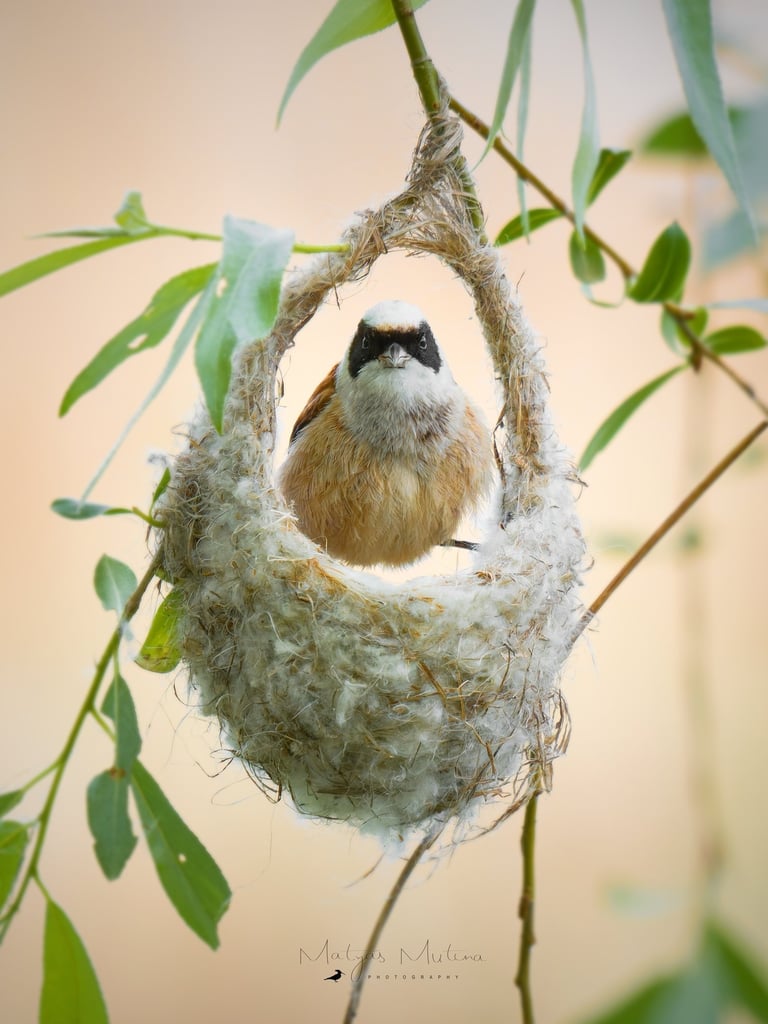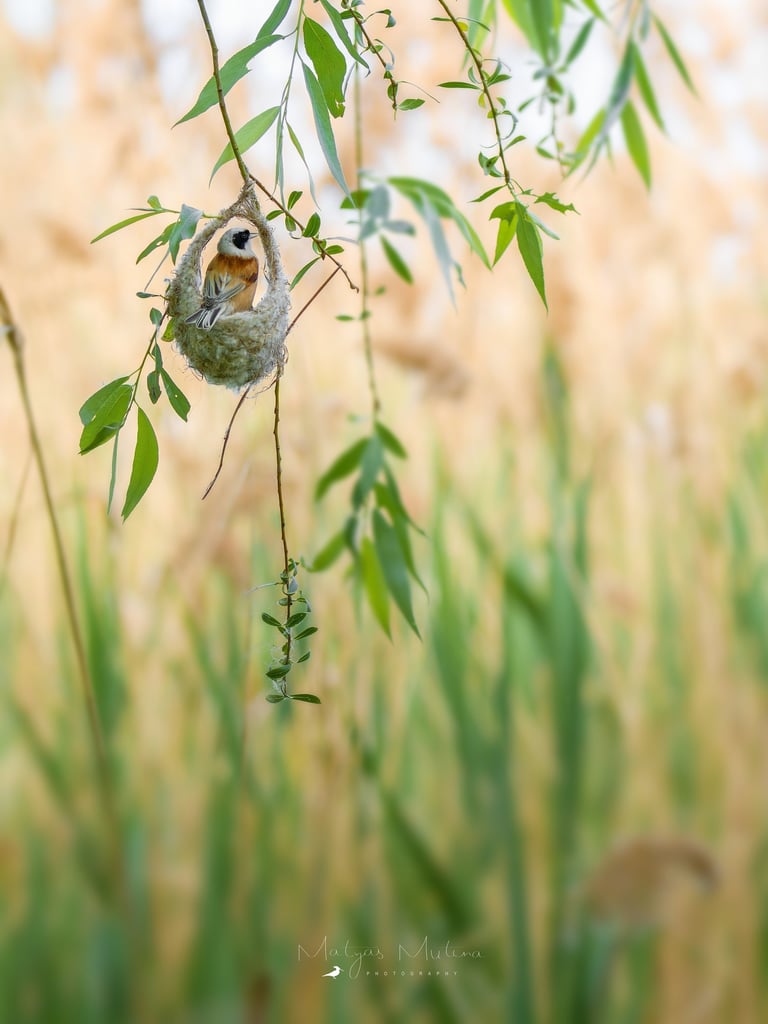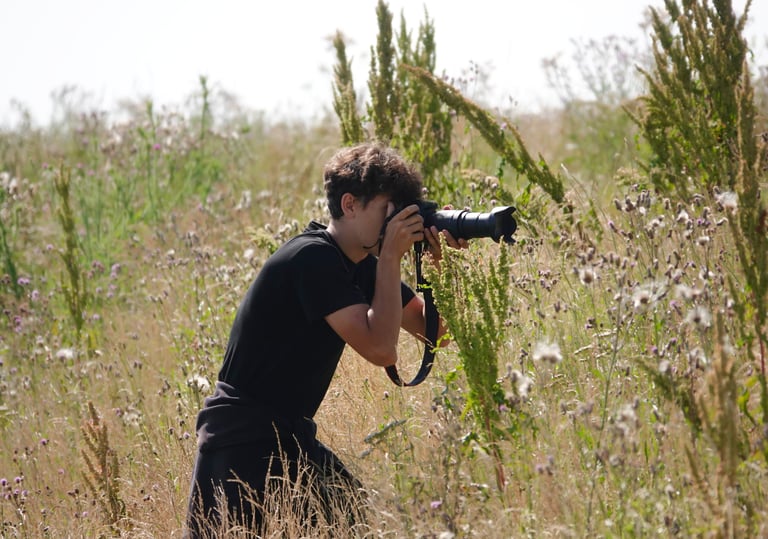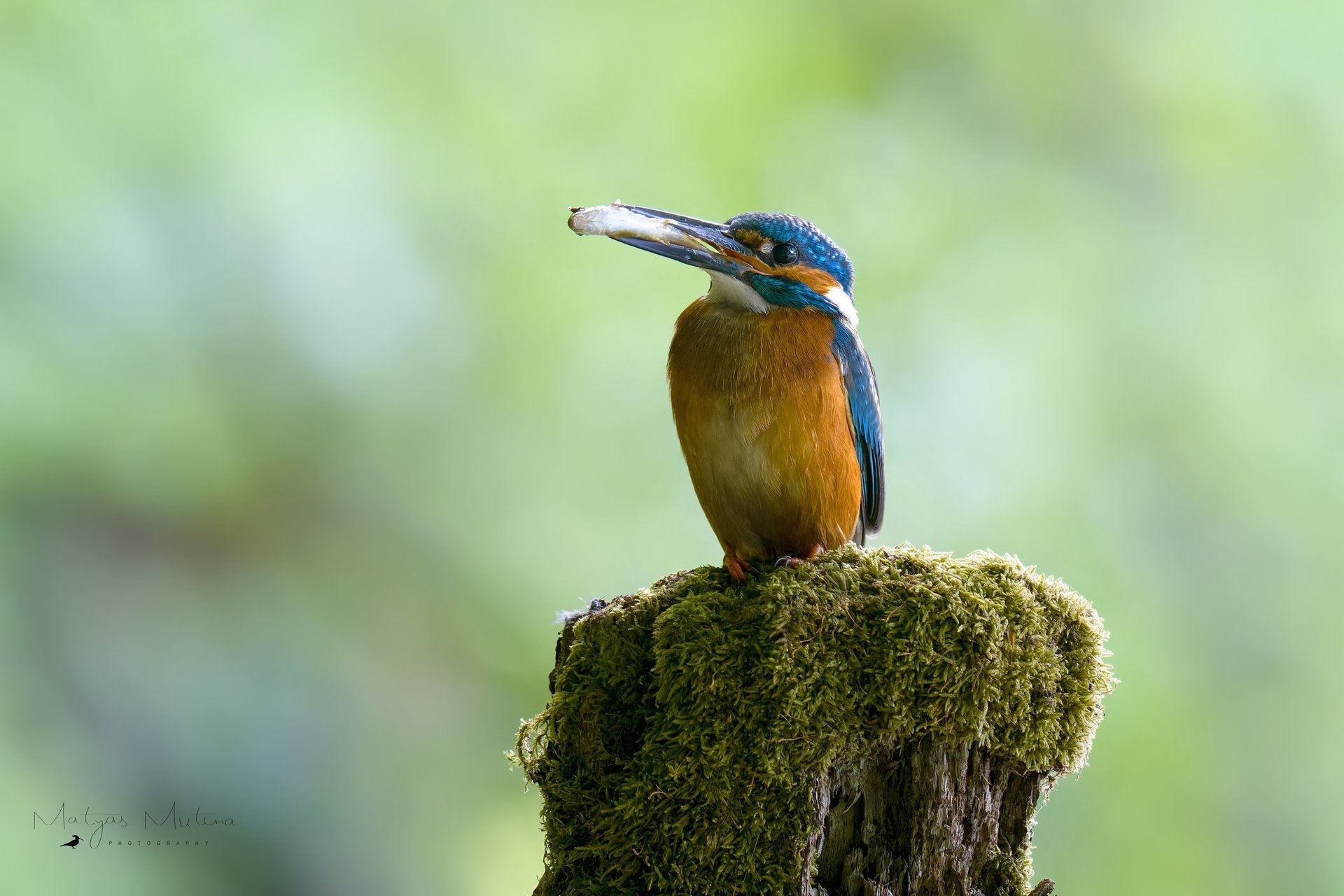
Spring in full swing
Recent Highlights
After a short break, I’m back again—nature has been keeping me busy full-time and hasn’t let me go home even for a moment lately. On top of that, I spent quite a bit of time selecting photos for Monday’s live stream with Tomáš Viktora from OM System, which some of you may have seen.
During the stream, I shared stories behind my photos, talked about how I got started, how my photography has evolved over time, and also how I approach working with animals.
If you missed it, don’t worry 🙂 — the full recording is still available at this link:
👉 https://www.youtube.com/live/embs0n8W-kI?si=rxMRMtqkvjKDikCk
I’d like to thank everyone who tuned in (even if only for a while—I totally get that two hours of listening isn’t for everyone 😀)!
However, during the stream, I left out my most recent captures. And today, I’d love to share those with you.
Spring is in full swing, and I simply can’t afford to miss all the opportunities that nature is offering right now. Over the past week, I’ve gone on several outings. Lately, I haven’t quite managed to capture any photos I’d be 100% satisfied with, but even so, I try to pick the best moments from each trip.
The first outing was dedicated to kingfishers. This spring, I managed to locate two nesting sites where the adults are now actively feeding their chicks. While I do have a few reservations about the photo, mainly due to the lack of beautiful light, I’m still grateful for the incredible experience of observing these little gems up close.


My next goal was to photograph tawny owls. Right now is the perfect time, as the chicks of these little owls are starting to leave their nesting cavities. The last time I observed them was two years ago, so this year I really wanted to experience it again.
I returned to a location where I had encountered tawny owls a few years back. These owls tend to be very faithful to their sites and often nest in the same area for several years in a row. The sun was slowly disappearing behind the horizon, the forest was still echoing with the final songs of flycatchers and the calls of woodpeckers, but the owls remained silent. I was sure I would recognize the sound of young owls. It's an unmistakable call that sounds a bit like a squeaky toy. The young owlets use it to attract their parents when it's time to be fed.
I had already started to turn back, as the forest was getting quiet, when I thought I heard something faint in the distance. I stopped and stood still, trying to hear through the cracking branches beneath my feet. And after a few seconds, that long-awaited sound came again. They’re here! I quickly rushed back, but the excitement soon faded. After a bit of watching, I realized the chicks were already fairly big, which isn’t ideal. The older they are, the more cautious and wary they become, which of course makes photographing them much harder. The owlets stayed high up in the treetops, and by then it was too dark to spot them.
So instead, I’m sharing a photo from a previous year, when I was lucky enough to observe them shortly after they had left the nest.
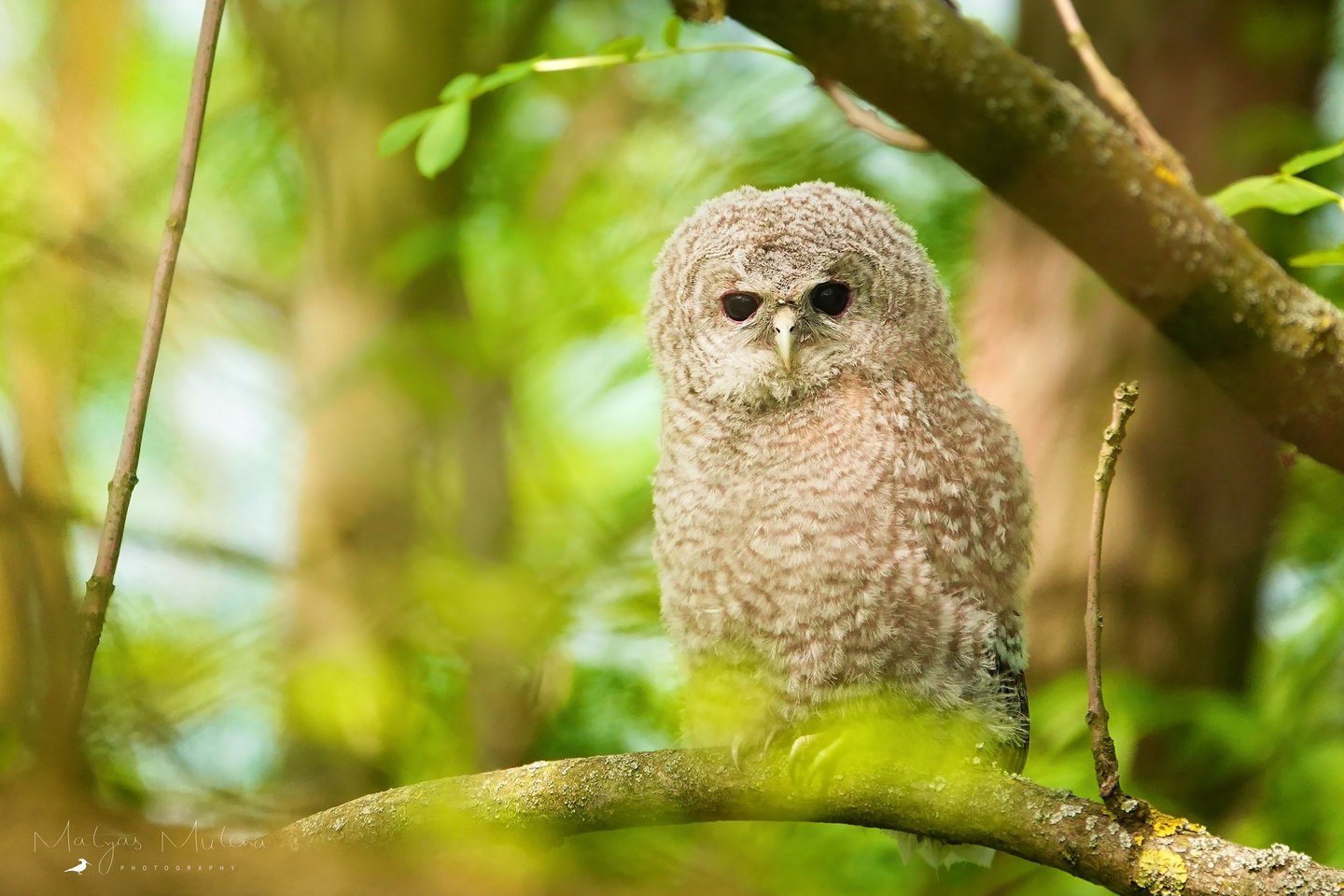

The last outing I’d like to talk about today was a trip to see our most skilled avian builder. I’m talking about the Eurasian penduline tit. The male always begins the nest construction on his own. Once the nest starts to take shape, he begins calling the female to inspect it. If he succeeds in attracting her, they will finish the nest together.
It has always been my dream to photograph a penduline tit during the very first phase of building, when the nest looks like a hanging little basket. But that’s not an easy task at all. Even though the construction appears complex and elaborate, it only takes the penduline tit one to two weeks to complete it. Catching those first two or three days of the process is mostly a matter of luck.
Well, after several visits to the site this year, I finally got lucky.
